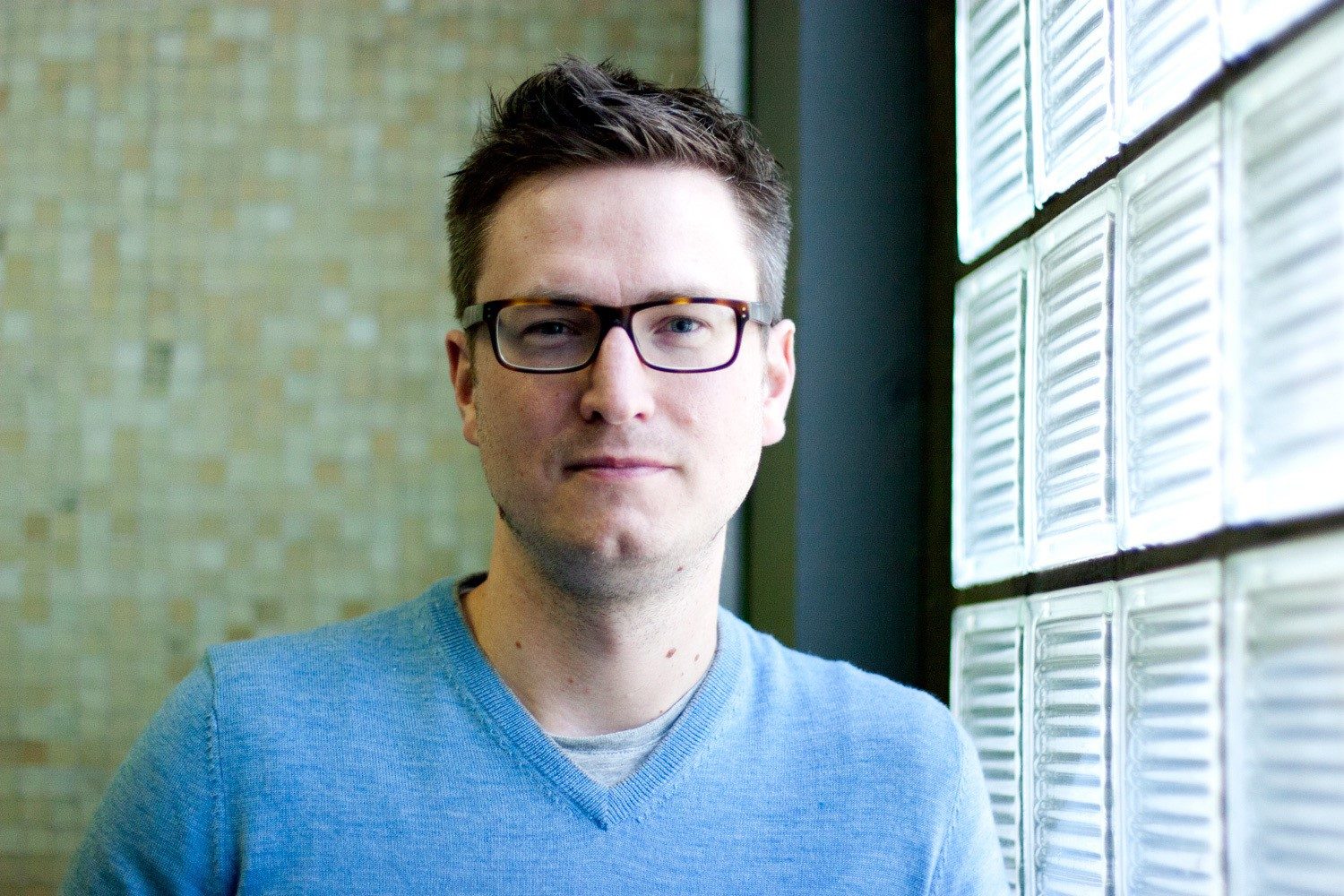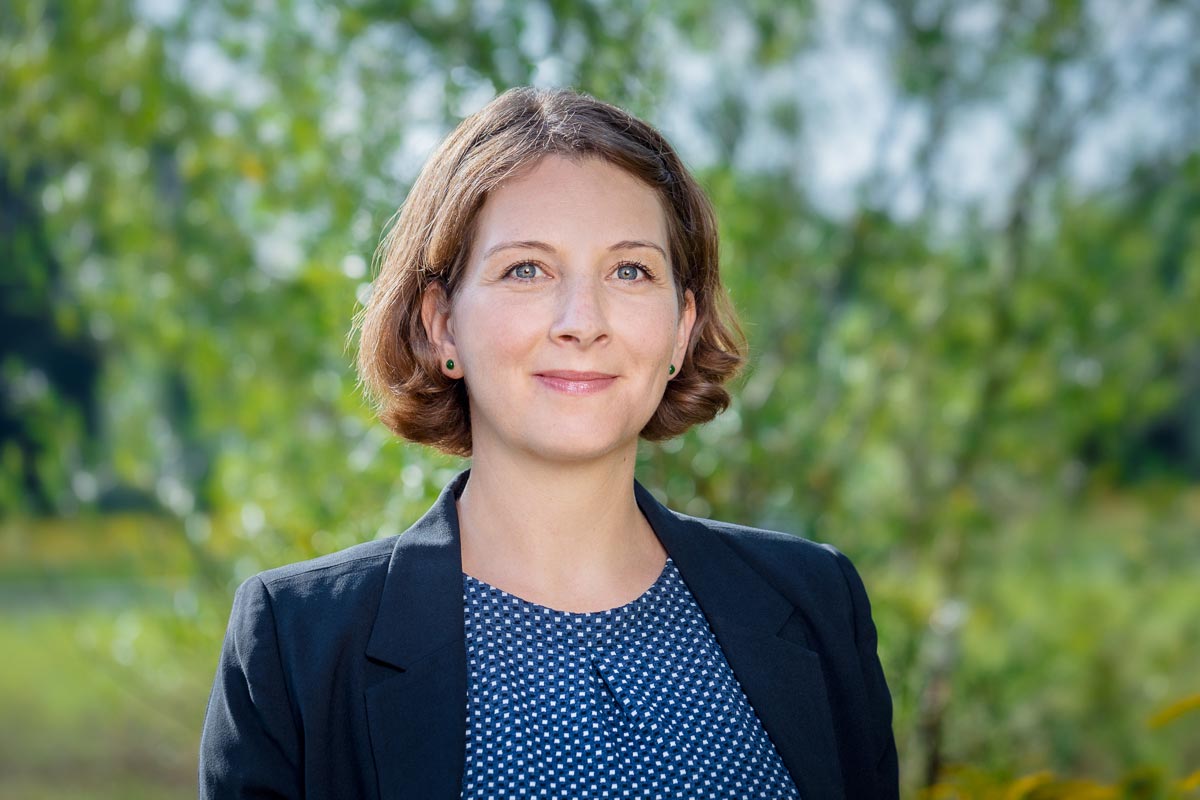
Vaccination without injection
Dr. Christoph Rademacher and his team at the Max Planck Institute of Colloids and Interfaces in the Potsdam Science Park are working to develop an innovative vaccination method for SARS-CoV2. Now he has been invited to take up a professorship on Molecular Drug Targeting at the University of Vienna.
The race for a new vaccine
The SARS-CoV2-pandemic presents a major challenge, affecting the everyday lives of billions of people worldwide as well as our global economy and health systems. Industry and academic research are working to develop an effective vaccine to allow us to circumvent the currently necessary drastic measures to limit the spread of the disease. As vaccines are the only long-term way to combat diseases such as SARS-CoV2, the focus is on novel vaccination technologies that can be rapidly adapted to new viruses.
Alternatives to injection
Vaccines are usually injected into patients’ muscles through needles or syringes. However, the density of immune cells is much higher within the human skin than it is in muscles. The skin also contains the so-called Langerhans cells that activate and coordinate the body’s defensive response to a virus. Together with his team at the Max Planck Institute of Colloids and Interfaces, Dr. Christoph Rademacher has developed a new technology to specifically target these cells, enabling the application of vaccines directly to the skin or through microneedles patches.
If successful, his technology holds the potential to make vaccinations much more effective and would allow for the distribution of a greater number of vaccination doses – and a lot less unpleasant for many patients, especially those who struggle with injection, such as small children or people suffering from Aichmophobia (extreme fear of needles).
Backed by swiftly mobilized financing from the KHAN-I fund (a fund for supporting early-stage drug discovery projects supported by the European Investment Fund, the Austria Wirtschaftsservice GmbH and the Max Planck Foundation), and in cooperation with the Lead Discovery Centre GmbH (LDC) in Dortmund, Dr. Rademacher and his team now aim to develop a respective vaccination procedure for SARS-CoV2.
The value of innovative ecosystems
The KHAN-I financing also marks the first step to market the new technology through a to be founded entrepreneurial outlet, Cutanos, a startup Dr. Rademacher is currently developing with the help of Max-Planck-Innovation GmbH. To him, innovations such as his profit a lot from the special atmosphere at Potsdam Science Park: “At the Max Planck Institute, we do basic research. But to me, personally, it has always been important that my work also has an immediate impact on modern medicine and changes peoples’ lives for the better in a very direct way,” he explains. “As such, it is really helpful to work in an environment with such a vivid entrepreneurial atmosphere.”
As an example, he points out his collaboration with Max-Planck-Innovation GmbH: “As a researcher, I really appreciate having access to such experienced sparring partners that challenge my ideas in a constructive way and with whom I can discuss all the potential avenues to market my research.” Obviously not every coffee date in Potsdam-Golm leads to a disruptive business idea, Rademacher cautions, noting that it is the overarching spirit in the Potsdam Science Park that counts: “The shared mindset is focused on innovation, and on the spreading of innovation. So entrepreneurship and marketability are naturally at the back of everyone’s minds.”
His groundbreaking work at Potsdam Science Park has also opened a new door for Rademacher: After August this year, he will move to Vienna to pick up his new role at the city’s university as a professor of Molecular Drug Targeting. While he will take his research and his laboratory team with him, Rademacher notes that he’ll stay connected to the Potsdam Science Park: “The cooperations I’ve entered here will surely stay intact.” Clearly, he’ll also take with him some of the entrepreneurial mindset he picked up at Potsdam-Golm.
Photo: Dr. Christoph Rademacher (Max Planck Institute of Colloids and Interfaces in the Potsdam Science Park)
This blog and the projects of the location management at the Potsdam Science Park (Standortmanagement Golm GmbH) are funded by the European Regional Development Fund (ERDF) and the State of Brandenburg.
Contact

Julia Hinz
Site marketing
julia.hinz@potsdam-sciencepark.de + 49 331 237 351 109